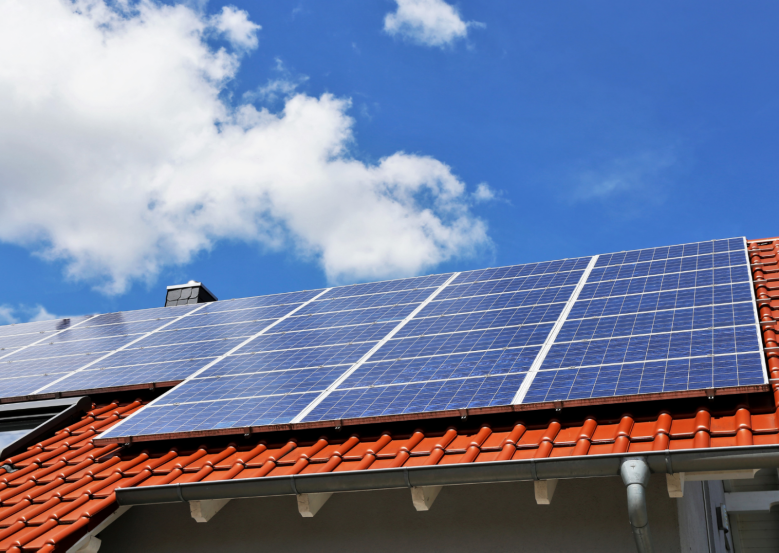
How Can Southeast Europe’s Power Distribution Grids Support the Region’s Renewable Energy Targets?
Recommendations for European Policymakers to Consider to Accelerate Distributed Generation
Reliable, sustainable, affordable renewable energy in Southeast Europe (SEE)—especially the ambitious renewable energy targets spelled out in the EU Clean Energy Package and in other regional clean energy plans—requires a solid foundation of distribution systems.
These networks were not initially designed to handle significant amount of generation, so the realization of these renewable targets may fail due to insufficient distribution grid capacities and the lack of adequate financial resources to make necessary infrastructure investments.
Systems operators across the SEE region want to accelerate their distributed generation capacity in order to fully support renewable enegy goals. But, according to a recent study by experts in the energy industry—in partnership with the United States Energy Association (USEA) and the United States Agency for International Development (USAID)—they can’t accomplish this without certain regulatory and policy changes.
SEE’s distribution systems operators have issued nine recommendations for policymakers and ministries, regulators, financial institutions, and other relevant institutions to consider as they balance the desire for increased renewable energy sources with the realities of the current distributed generation network:
- A predictable, stable, and transparent regulatory framework must be established—enabling full cost recovery and access to credit and capital markets—to fund distribution system operator investments.
- Distribution network tariffs should be redesigned to gradually transition toward capacity tariffs or two-part tariffs (which decouple distribution system operator revenue from the volume of electricity passed through its network) that are better suited to account for the impact of intermittent renewable energy resources.
- Regulators should consider net-metering options that capture the benefits of distributed generation while maintaining utility revenue needed to operate distributed network in a reliable manner. If considered, net-metering should be used in a transitional phase limited to small scale residential and commercial installations with yearly quotas.
- Distribution network tariffs should be reformed to encourage energy use during non-peak hours, reducing the amount of network improvements required to accommodate widespread distributed generation.
- Understanding that it is difficult, operating system costs should be partly allocated to distributed generators or spread across all network users.
- Self-consumers should pay their share of network and system costs and not rely on subsidies provided by non-distributed generation network customers.
- Network tariffs should be designed to encourage the most technically and economically efficient use of the existing infrastructure to avoid excessive investment in the network.
- Connection costs should not be spread across all network users, but rather allocated to each distributed generator.
- Distribution system operators must be able to impose enforceable deadlines to ensure applicants build their distributed generation facilities in a timely manner.
Collectively, distribution systems operators across the region recognize and acknowledge two areas for which they are responsible for accelerating distributed generation capacity:
- Distribution system operators must simplify the connection assessment process to make it less time consuming and costly for investors.
- With appropriate incentives, distribution system operators in the region will embrace an active role in the implementation of new network management strategies required to balance the network and provide other system services.
Following research into the experience and best practices used by distribution system operators in the United States and the European Union, experts in the SEE region believe that these recommendations—especially in the areas of connection procedures, legislation, cost transparency, and grid access—are needed to support the region’s stated renewable energy goals.
Read the position paper issued by the region’s distribution systems operators.
Join distribution systems experts from the United States and Southeast Europe for a webinar on December 8 to discuss models for accelerating integration of distributed generation and the policy and regulatory actions needed to do so. Register Now.
